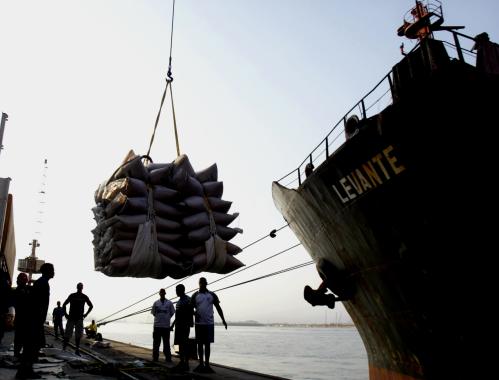In a prominent article published in 1936 titled “To Sow the Oil,” the influential Venezuelan writer and politician Arturo Uslar Pietri advocated for the idea of investing Venezuela’s earnings from the oil industry in fostering development by diversifying the economy into new sectors. Eighty years later, Venezuela—where oil still remains the country’s main and almost only export product—is going through likely the worst economic crisis in its modern history, partly triggered by a sharp drop in world oil prices preceded by over a decade of market-unfriendly policies. Would Venezuela have been able to overcome this crisis more easily had Uslar Pietri’s advise been implemented? It is unclear.
Many countries in Latin America remain unstable despite having gone through failed “import substitution industrialization” policies in the 1950s and 1960s aimed at diversifying the economy. Over the past decades, international trade has become a driving force in global markets, and—according to trade theory—it has created incentives for countries to specialize instead of diversify. Yet, data shows a strong positive correlation between a country’s income level and the diversification of its export basket.
In fact, in their seminal work “Stages of Diversification,” economists Jean Imbs and Romain Wacziarg show that the relationship between diversification and income follows an inverted-U pattern: low income countries tend to be highly specialized, middle income countries display high levels of diversification, and high income countries tend to re-specialize into fewer sectors. At the same time, Harvard’s Center for International Development’s Atlas of Economic Complexity suggests that rich countries tend to be highly diversified, and that export diversification can significantly and robustly predict future growth. In light of this confounding evidence, what is it that explains the path to development in this context: diversification or specialization? My recent policy brief explores the data to find evidence that could bridge the gap between these two competing results.
Using data on exports, I find that two measurement peculiarities play a role in bridging the gap between the two empirically-established, contradictory sets of facts. First, when excluding natural-resource-rich countries from the sample, the re-specialization pattern of high income countries becomes less pronounced, as some of these countries tend to be both very rich and highly concentrated.
Second, the data’s level of disaggregation plays an important role in shaping the results. In fact, as shown in Figure 1, the re-specialization pattern is much less pronounced when using data disaggregated at the six-digit level (green line) than when using data disaggregated at the two-digit level (blue line).
Figure 1: Exports and concentration

These findings suggest that while high income countries tend to concentrate in particular sectors, in terms of export varieties they remain highly diversified, much more so than low income countries. The more disaggregated the data to compute concentration is, the less pronounced the previously documented re-specialization pattern becomes.
What do these result say about structural transformation and the role of policy? Clearly, the diversification of a country’s export basket might be both a cause and a consequence of the process of economic growth and development. Yet these findings suggest that re-specialization is not necessarily the norm among high income countries. Thus, in the presence of market failures that hinder diversification, there might be a role for public policy to overcome those failures and foster the emergence of new sectors. While the policies that governments can implement to diversify their economies must be customized on a case-by-case basis, understanding the patterns in the data is crucial to devising them.
The Brookings Institution is committed to quality, independence, and impact.
We are supported by a diverse array of funders. In line with our values and policies, each Brookings publication represents the sole views of its author(s).






Commentary
The path to growth and development: diversification or specialization?
November 4, 2016